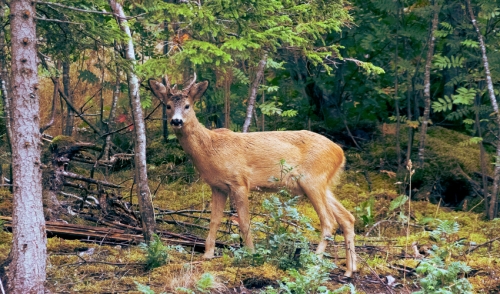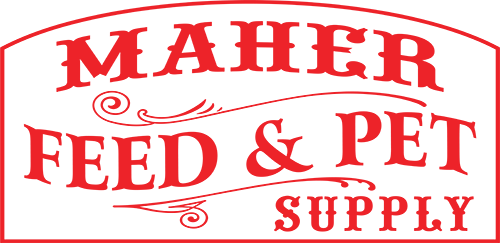Everything You Need to Know About Deer Plots

Deer plots – also called hunting, feeding, food or harvest plots, depending on their purpose – can easily be managed to keep deer healthy and help them reach their full physical potential. With just minimal care, plots can be ideal habitats for deer to visit.
Why Deer Plots Work
An adult deer can eat up to six pounds of food per day, and even a small herd can quickly strip a fairly large area of the best, most nutritious plants. Because deer are constant browsers, they are always on the move, but they will return to rich areas time and again as plants regrow. A deer plot can be that rich area with just minimal maintenance, and naturally growing plants provide better nutrition and will attract more deer than dumping supplemental corn or pellets. Because deer remain in the same general territory, they will return to the plot frequently as long as it continues to offer fresh, delicious forage for them to sample.
To Make the Best Deer Plot
It is easy to make a deer plot with just a few steps…
- Know the Laws: Deer plots may not be legal in all areas. Consult wildlife officials for guidance about the permitted size or location of deer plots, as well as regulations about property use or how baiting deer is defined.
- Choose a Good Location: The best plots will be in relatively level, open areas with plentiful sunlight but adjacent cover for the deer to feel safe. An ideal space would be where a tree has fallen to allow more sunlight to reach the ground. The soil should be rich and moist to support good plant growth, and a nearby deer trail will ensure the animals discover the plot more quickly and can use it conveniently.
- Plan the Size: A small plot can be just as effective as a large one, but it will not support as many deer. Smaller plots are easier to care for, but larger plots will support fuller crops. The size of the plot will also depend on the budget and time necessary to care for it.
- Time Planting Appropriately: Young seedlings are more nutritious and attractive to deer, and it is best to plan deer plots to provide rich, nutritious growth at the proper times. It will take time to allow weeds in the plot to die so new plants can take over, and bear in mind germination and growing times of what will be planted to coordinate with hunting season if desired.
- Prep the Ground: Seeds need to make contact with the soil in order to germinate. Clearing away brush and fallen leaves can help widen the plot for a better crop, but it is not necessary for the ground to be completely bare. A blower or hand rake can be adequate to clear a small plot, or an ATV-driven rake may be necessary for a larger plot. If necessary, use an herbicide to kill large swaths of weeds, or work compost into the top few inches of the soil to improve the quality.
- Plant Seeds: Seeds should be carefully planted and gently raked into the top layer of soil so they will germinate more effectively, but planting them too deep may slow growth. Peas, oats, clover, chickory or blends of multiple deer-friendly plants are all good choices for deer plots. A plot may be a single crop, or a mix of several types can be a safer option in case one plant does poorly in the area.
- Fertilize Regularly: Gently fertilizing the plot will not only help seeds grow more quickly and create a more lush crop for deer to enjoy, but it will improve the soil and surrounding vegetation, making the area even more attractive to deer.
Properly planned and cared for, a deer plot can be a great way to support the local deer population, concentrate hunting efforts and enjoy better interactions with deer, whether it is for photography, wildlife watching or research.
Special Offers
Coupons and other special offers. Click the Button below to view all of our offers!
View all OffersWe are constantly adding new specials to our site. Be sure to check back often!

Comments